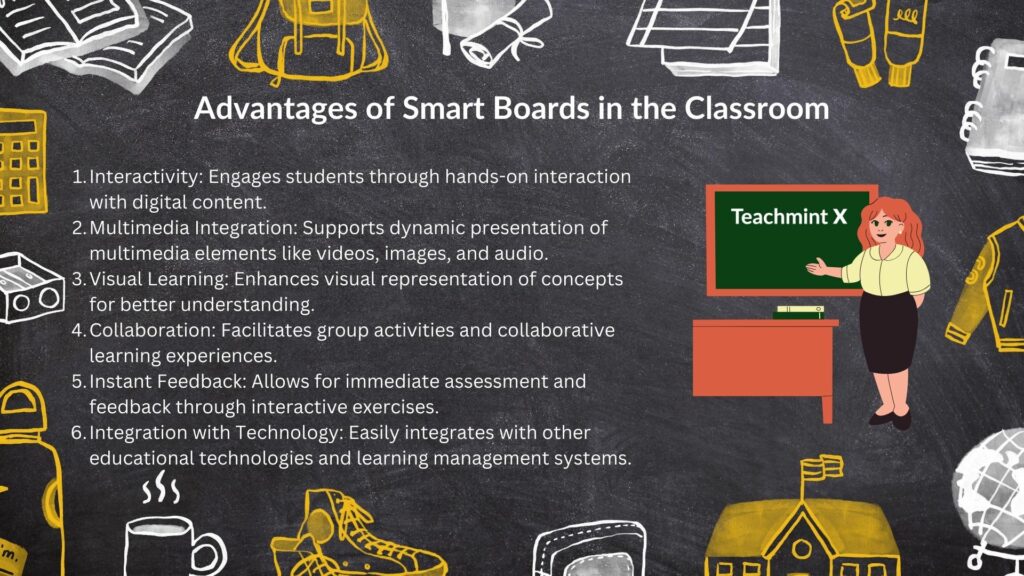The concept of smart boards has long become an important part of the education sector. It has contributed to making classrooms more interactive by allowing teachers to make use of visuals to make classroom content more engaging for the students.
What is the purpose of a smart board?
Smart boards are best defined as educational tools whose objective is to make learning easier. It incorporates the use of modern technology and acts as an upgraded substitute for chalkboards and whiteboards. In fact, smart boards were one of the most commonly used tools throughout the pandemic to make learning easier for students.
Through the use of this medium, it becomes easier for teachers to make interactions easier. It also contributes towards collaborating and manipulating data, mostly by simply clicking on the mouse associated with it.
In order to make Smart Boards effective, it is important to consider its calibration.
Need for Smart Board Calibration
However, an important aspect associated with managing this medium is through proper smart board calibration. Smart board calibration is considered to be an important activity because it helps improve the location of touch of the mouse.
The presence of smart software allows for ensuring that mouse clicks can remain efficient while using the smart board for different purposes. The use of smart board calibration ensures that the cameras can correctly track the fingers and pens on the interactive surface. This is a much needed requirement as the boards are being used multiple times through the day, with multiple clicks.
Conducting a smart board calibration is considered to be essential especially when using a smart board for the first time. Calibration is considered to be important as it leads to providing accurate measurements. This is essential because it is needed for innovation and both research and development.
Another essential reason why it is important to conduct smart board calibration is because it improves the image quality of the board. This is especially important in a classroom, when there are multiple students present, and the teachers are required to adjust the picture quality to ensure students in the back can see what is on the board.
When using smart boards in the school setting it helps improve the accuracy and standardization of the screen. It provides more support to the teachers by helping the teachers improve the visuals they show to the students. This improves the interest of the students and also helps retain information from the content easily.

Benefits of using Smart Boards in the Classroom
Student engagement is considered to be one of the major challenges when it comes to education. It is the reason why technology has provided an important momentum to educators to be able to incorporate audio and visual content along with text to improve student engagement.
It is at this juncture that smart boards have gained importance across classrooms because it helps in the easy integration of technology in the school curriculum.In the section below an outline has been provided that shows the advantages associated with the use of Smart boards.
1) Boosting student engagement
One of the advantages associated with using smart boards is that it provides better clarity to the teachers. The reason being that it helps the teachers in creating dynamic lessons where they can both type or write on the screen directly. This makes it easy for the Teachers to highlight important points and call the tension of the students meeting it easier for them to understand the important keywords.
At the same time since the smart boards can be divided into multiple sections, in this way students can watch two to three videos simultaneously. This is also known as the Sp;lit Screen Mode, which helps boost student engagement easily.
2) Promoting Blended Learning
Another major advantage associated with the use of Smart boards is that it promotes blended learning. Considering the fact that students today have become very used to online mode of education, which can be easily managed through the use of Smart boards.
Teachers can use the help of visuals and audios and incorporate them in these boards to show in offline classrooms easily. at the same time students also find it easier to learn we are interactive white board helping them perform better at tests. in this way, it becomes easier to conduct blended learning by the teachers.
3) Providing the advantage of Remote Learning
The concept of remote learning has become more easy to manage through the use of Smart boards. This means that teachers can easily conduct classroom learning through the help of video conference technology and the implementation of smart boards.
Kindly explore the Website for more information.

